HEARING AIDS
How Hearing Aids Work?
By Team Hearzap | Oct. 1, 2024
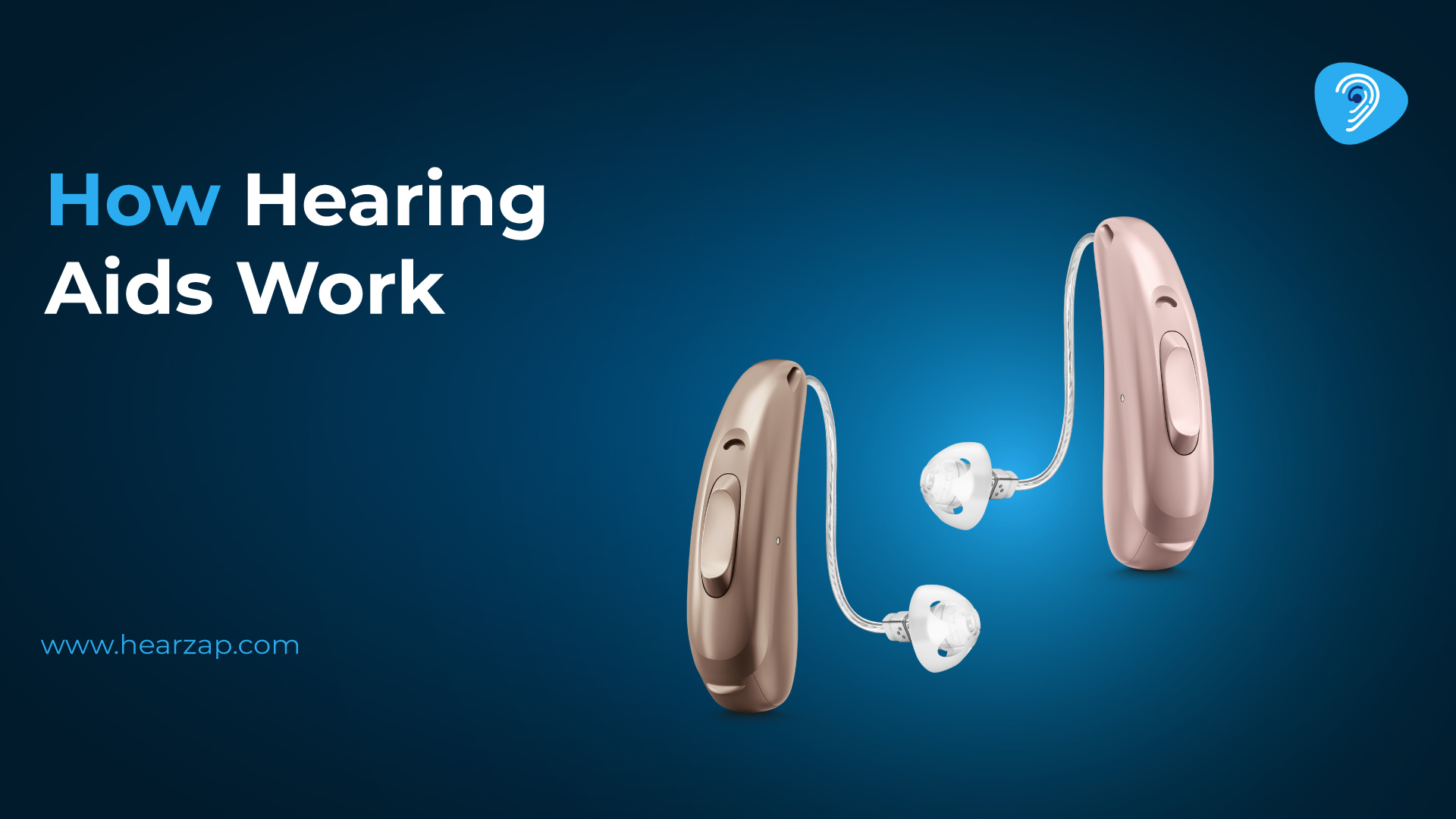
Hearing aids are electronic devices that help people with hearing loss hear better. They work by making sounds louder and clearer, so that people can hear more easily and understand speech better.
The Main Parts of a Hearing Aid
A modern hearing aid has four main parts:
- The microphone in a hearing aid picks up sounds from the environment.
- The amplifier makes these sounds louder and clearer.
- The receiver sends the amplified sounds to your ear.
- The battery powers the entire hearing aid.
How Hearing Aid Works
Microphone
The microphone is where the magic starts. It acts like your ears’ assistant, constantly listening to the environment around you. Whether it’s someone talking to you, background music, or the noise of everyday life, the microphone picks up all these sounds. Once it captures the sounds, it doesn’t just leave them, it converts them into electronic signals that the hearing aid can process. This transformation is crucial because, without it, the rest of the hearing aid wouldn’t know what to do with the sounds coming in.
Amplifier
Think of the amplifier as the muscle of your hearing aid. Its role is to take those electronic signals from the microphone and make them stronger. Some sounds may come in weak or too quiet for you to hear clearly, but the amplifier boosts these signals, giving them the power they need to be audible to you. Modern amplifiers also go a step further by filtering out unwanted noise, helping to enhance speech clarity. This means you can focus on important conversations without being distracted by background sounds.
Speaker (Receiver)
After the sound signals are amplified, the next stop is the speaker, also known as the receiver. This component delivers the amplified sound directly into your ear, completing the process. The speaker is essentially the messenger that sends those processed sounds into your auditory system, allowing you to hear everything more clearly. It’s the part of the hearing aid that interacts most directly with your natural hearing ability, making sure the sounds are clean, clear, and ready for your brain to interpret.
Battery
The battery is the power source that keeps the entire hearing aid working. Without it, none of the other parts, microphone, amplifier, or speaker would function. Batteries come in two main types: replaceable and rechargeable. Replaceable batteries need to be swapped out once they run out, while rechargeable batteries can be powered up at night for use the next day. No matter the type, the battery ensures that your hearing aid has the energy to help you hear all day long.
Digital Processor
The digital processor in modern hearing aids functions as the brain of the device, using advanced algorithms to process and analyze incoming sounds. It converts the sound waves into digital signals and then separates important sounds, such as speech, from background noise, ensuring that you can focus on conversations even in noisy environments. This processing is constantly adapting to your surroundings. The digital processor also automatically adjusts volume levels, enhances speech clarity, and reduces unwanted noise, creating a more comfortable and natural listening experience
Comparing Digital and Analogue Hearing Aids
Digital Hearing Aids
Digital hearing aids are like having a smart assistant for your ears. They don’t just amplify sound they adapt to your surroundings. In noisy environments, they reduce background noise, allowing you to focus on conversations without straining. By constantly analyzing and filtering sounds, they prioritize important sounds like speech. Advanced features such as wireless connectivity enable streaming of phone calls, music, and TV audio directly to the hearing aids.
Feedback cancellation prevents whistling, while noise reduction feature ensure clear conversations. Many digital models can be customized via apps, letting you adjust settings for a tailored experience. Digital hearing aids provide a great blend of clarity, comfort, and convenience in every situation.
Analogue Hearing Aids
Analogue hearing aids, on the other hand, take a more straightforward approach. They simply make all the sounds around you louder, without distinguishing between speech, background noise, or other sounds. So, whether it's someone talking, or the sound of your TV, everything is amplified equally. While they don’t offer the noise-cancelling features of digital aids, they’re still effective in quieter environments where there’s less background noise.
Why You Need a Hearing Aids
Hearing aids amplify sounds, helping you hear better by making speech and environmental noises clearer. However, their benefits go beyond simple amplification. They play a crucial role in maintaining cognitive health. When hearing loss occurs, the brain gradually loses the ability to process and interpret sounds. This can lead to cognitive decline over time. Hearing aids help keep the brain active, supporting overall brain function. Therefore, selecting the right hearing aid is important not only for your hearing but also for your cognitive well-being.
Related Blogs
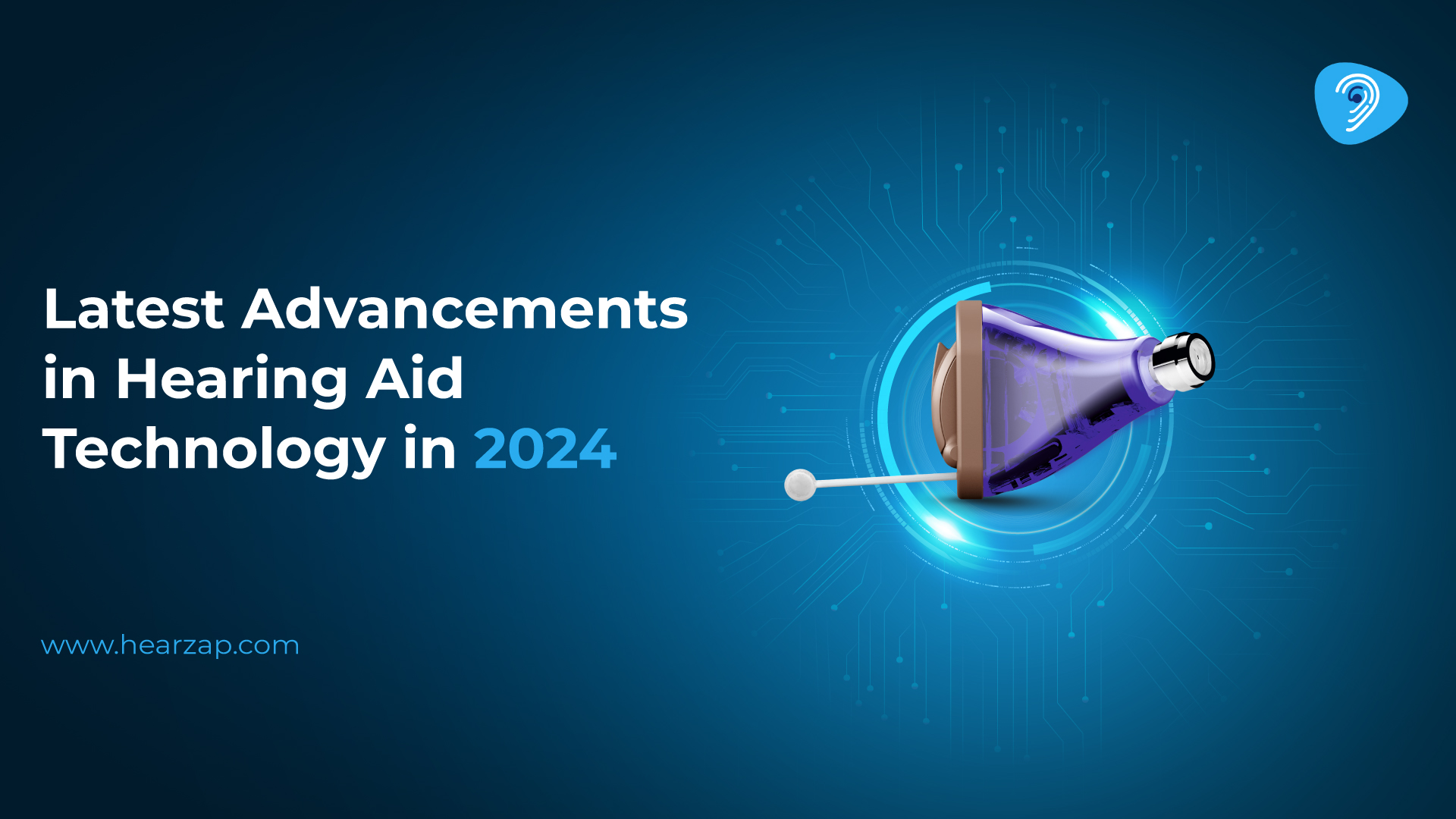
Latest Advancements in Hearing Aid Technology in 2025
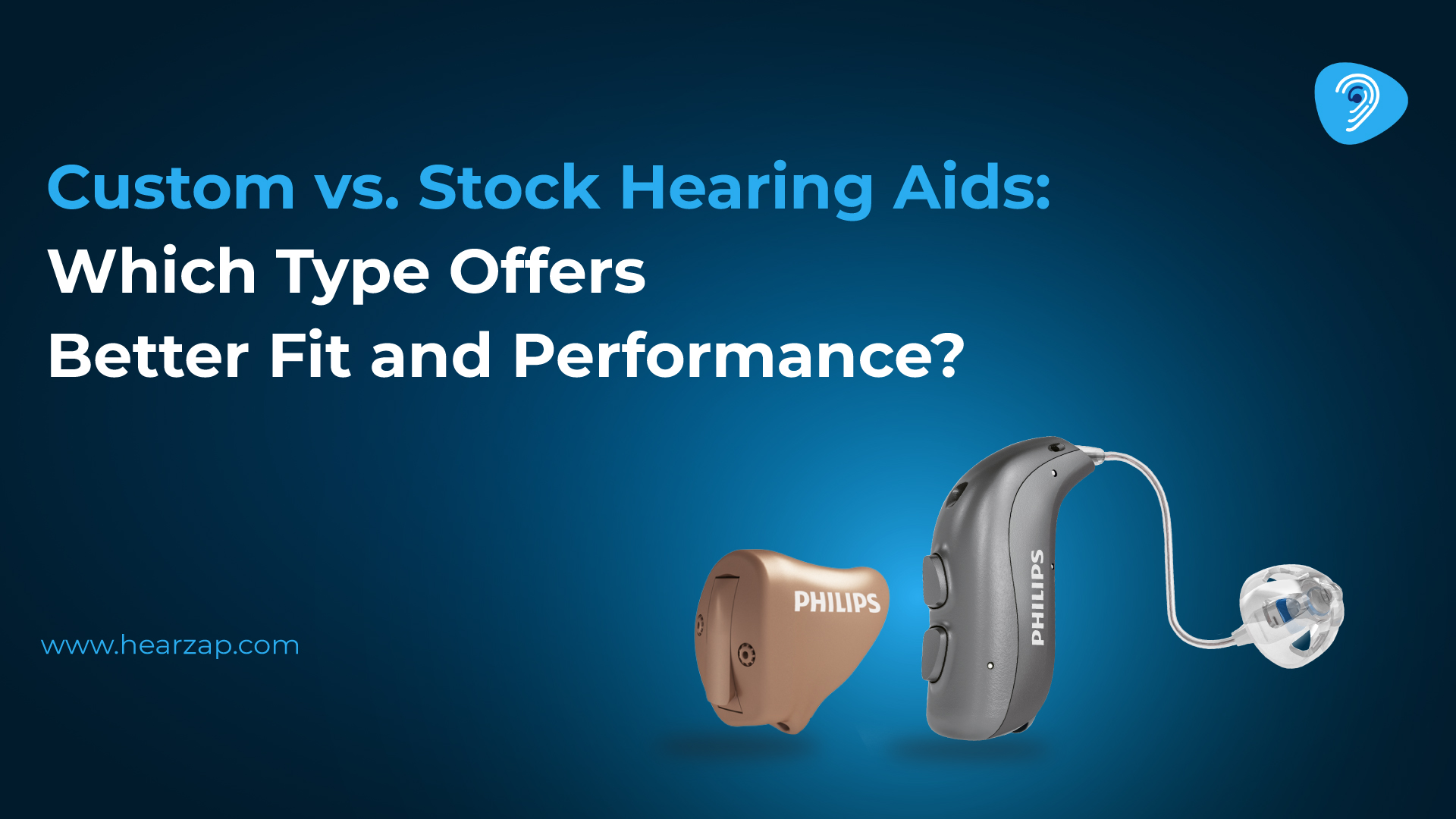
Custom vs. Stock Hearing Aids
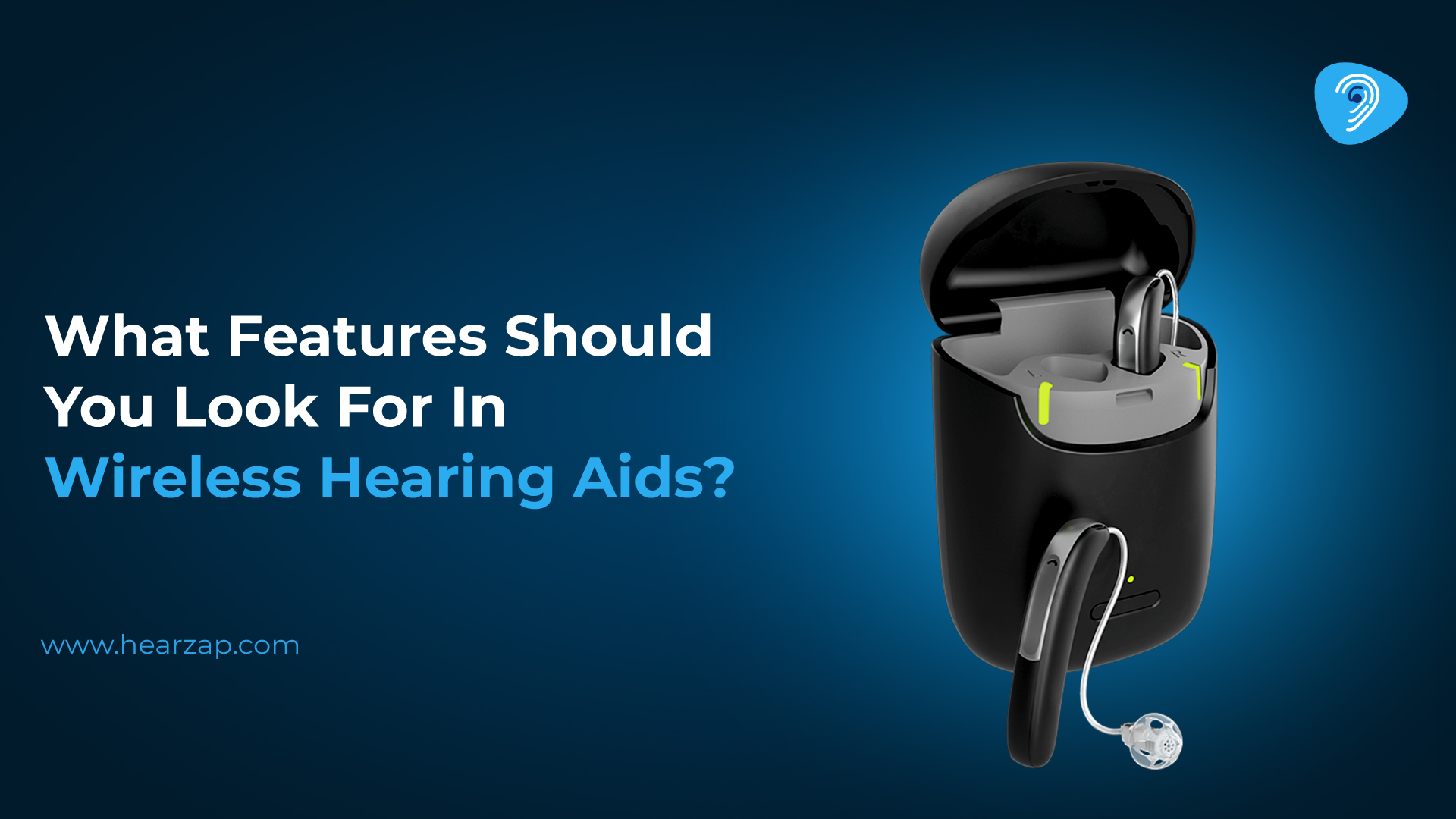
Key Features to Look for in Wireless Hearing Aids
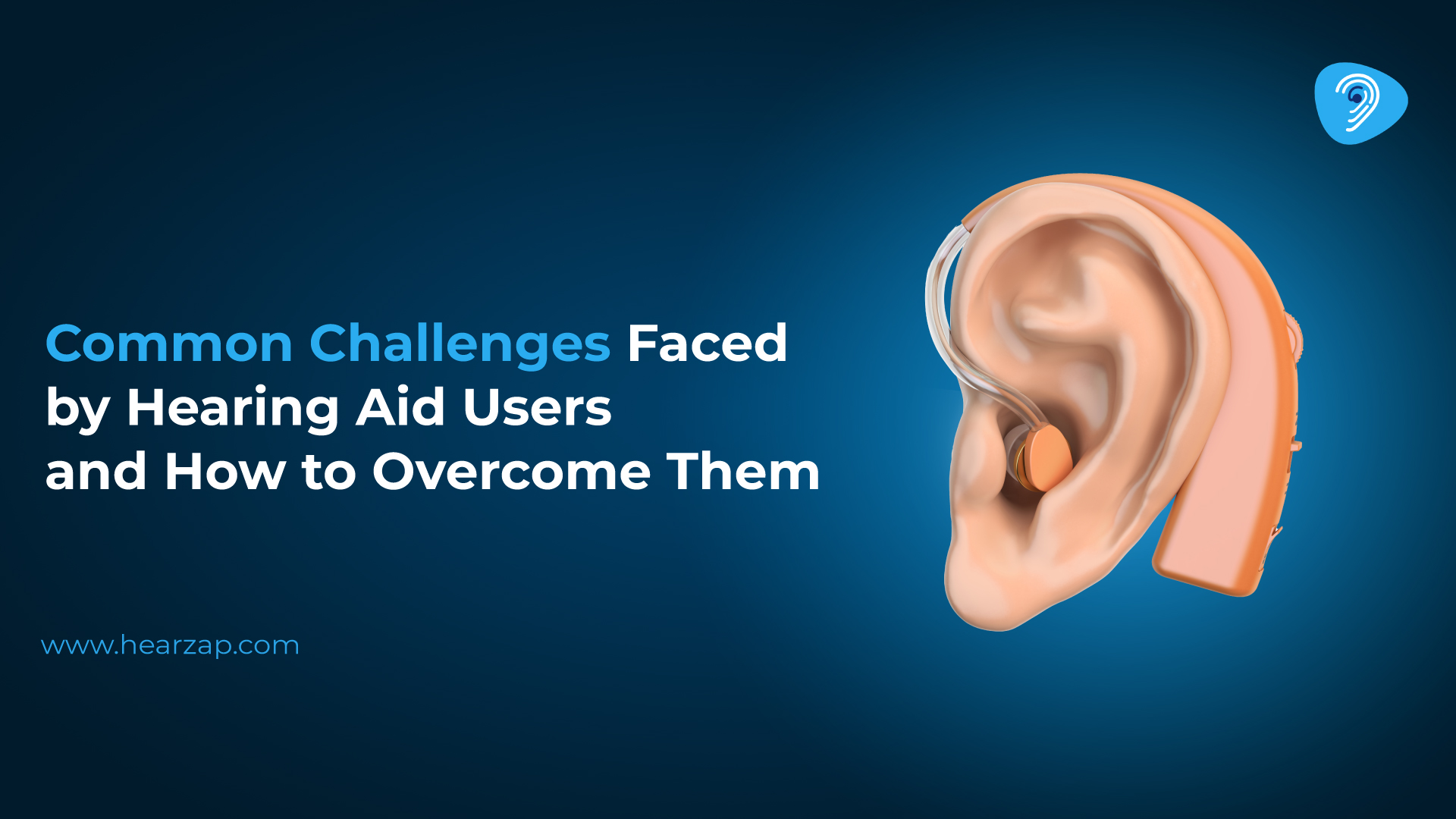
Challenges for Hearing Aid Users & How to Overcome Them
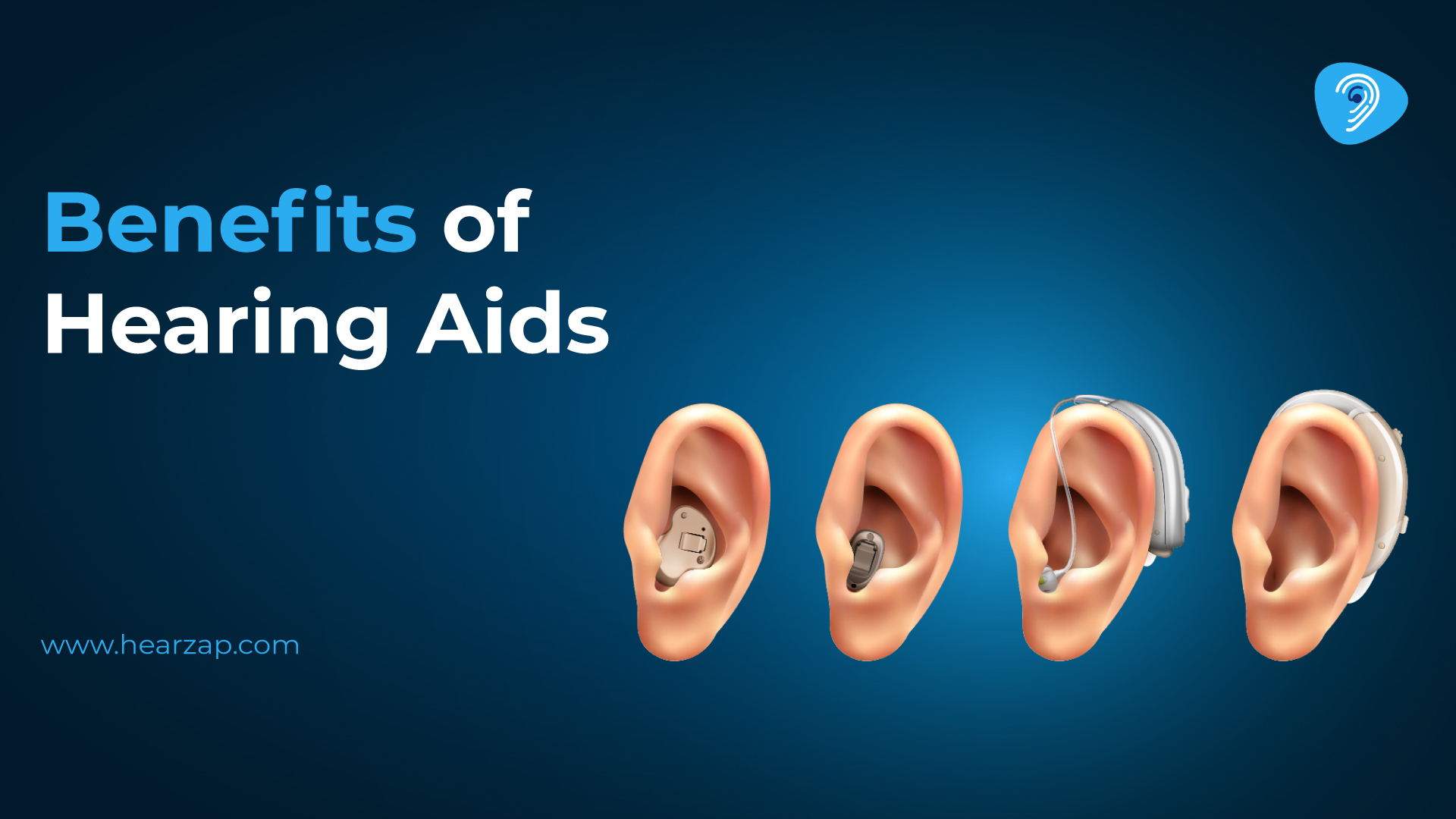
Benefits of Hearing Aids
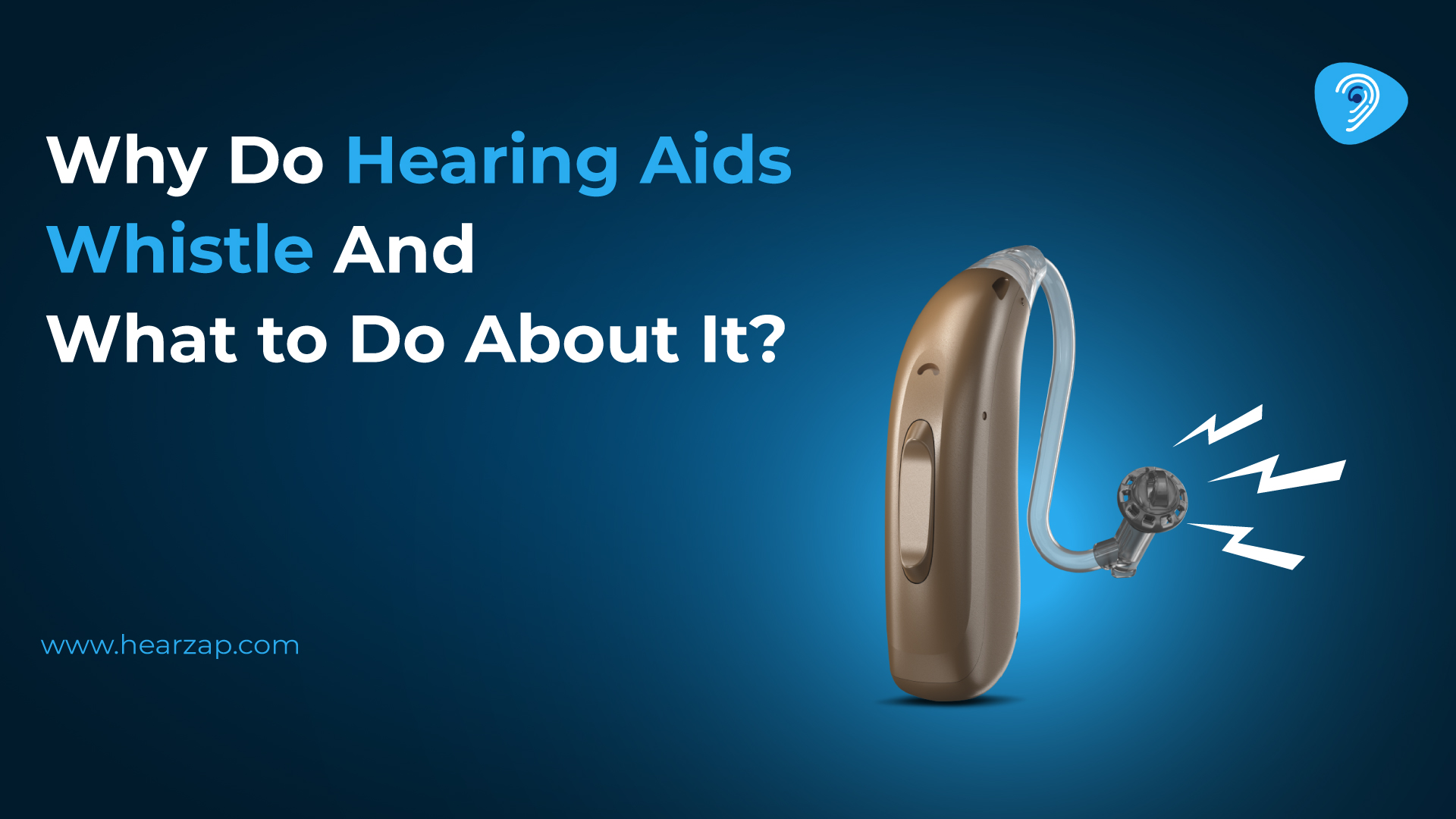
Why Do Hearing Aids Whistle? Causes & Solutions
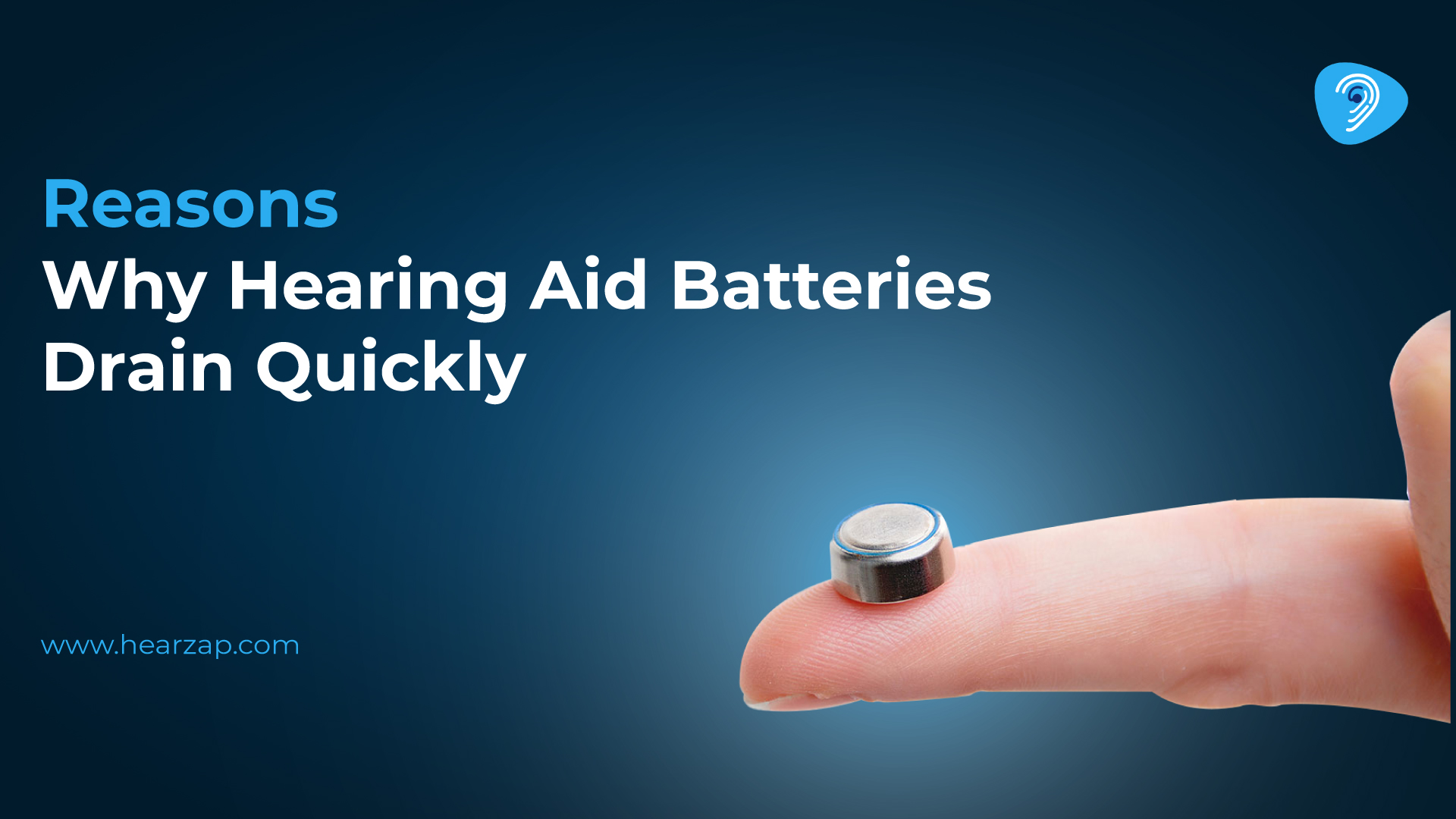
Reasons Why Hearing Aid Batteries Drain Quickly
Contact us
We are here for all your hearing needs, from hearing tests to hearing aids. Fill out the form below, and we will give you a call soon.
Please enter a valid mobile number with 10 digits.
Recent Blogs
By Team Hearzap | April 23, 2025
By Team Hearzap | April 23, 2025
By Team Hearzap | April 22, 2025
By Team Hearzap | April 22, 2025
By Team Hearzap | April 22, 2025
Newsletter Subscription
Subscriber to one-stop hearing care newsletter.









